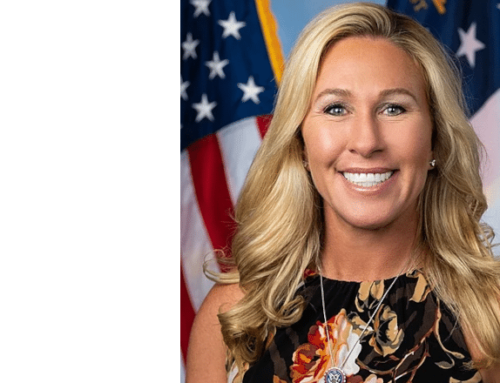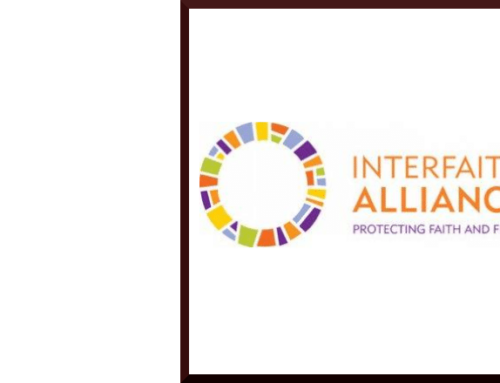Catholic League president Bill Donohue comments on the rise in youth suicide:
The Centers for Disease Control and Prevention reports that young people (ages 10-17) experienced a 56 percent rise in suicide between 2007 and 2017. Suicide is the second leading cause of death for young people, behind accidental injuries (e.g. drugs and car crashes).
Experts are good at providing data, but are not so good at understanding why this is happening. Adolescents are not unaccustomed to bouts of depression, and they are certainly not alone in experiencing stress, so let’s not put too much stock in those theories. Access to firearms is hardly new, and if anything it was easier in times past. Something else must be going on.
Suicide in the U.S., especially among young people, is largely a function of feeling isolated, or of lacking the kind of connectivity that is necessary for mental health. Some experts have fingered the role that social media plays in contributing to this phenomenon. They are right to do so.
“After hours of scrolling through Instagram feeds,” admits a distraught Colorado high school girl, “I just feel worse about myself because I feel left out.” Her sentiment is not uncommon among heavy social media users. Two years ago, Clinical Psychological Science, a peer-reviewed journal, found that teens who spend at least five hours on their electronic devices (smartphones, etc.) are 70 percent more likely to have suicidal thoughts or actions than those who use these devices for about an hour each day.
This is nothing new. A major study on the relationship between social media and suicide rates was published in 2012 in the American Journal of Public Health. It reported on the large increase in “prosuicide Web sites” that are available. The internet, it said, provides “a way for people to obtain how-to descriptions of suicide as well as lethal means to kill themselves.” Message boards, video-sharing websites, and chat rooms are commonly accessed. “In sum,” the researchers concluded, “evidence is growing that social media can influence prosuicide behavior.”
If there is one segment of the adolescent population that is experiencing a high rate of suicide it is transgender youth. The conventional wisdom, that discrimination accounts for the problem, is without foundation.
The October 2018 issue of Pediatrics, the journal of the American Academy of Pediatrics, published an article, “Transgender Adolescent Suicide Behavior,” that was the first large-scale study on this subject. It found that “between 30% and 51% of transgender adolescents reported engaging in lifetime suicide behavior.” Females who “transitioned” to the other sex had the highest rate.
The researchers had little to say about what was driving these outcomes. But if discrimination were a factor, then we should expect that non-white transgender adolescents have a higher rate of suicide behavior than whites. This is not the case. They found that “transgender youth of color were not at a higher risk compared with white transgender adolescents.” So much for “intersectionality” theories of oppression.
Were it not for political correctness—and this study in Pediatrics evinces plenty of it—some hard questions would be raised. Is it really the way transgender adolescents are treated that accounts for their suicide behavior? Or is it their pre-existing mental condition that explains their problem? And is not the very process of transitioning itself a matter of psychological distress?
Our young people deserve better.
Social media, especially among heavy users, is contributing to social isolation. All of us need what sociologists call face-to-face relationships; they are the only authentic ones. Technology can make it easier to discourse, but it cannot provide the glue that constitutes primary relationships. That is the stuff of bonding, and that takes work.
Similarly, the lack of strong social bonds among transgender adolescents—who are their friends?—helps to promote their condition.
We all need a stable and loving environment, one that allows us to mature normally. If this means anything, it means accessing help for those in need. To be precise, it doesn’t help the sexually confused to reinforce their disorders with misguided empathy for their condition.
Progress will not be made until we have the courage to tell the truth. Regrettably, the cardinal virtue of fortitude is in short supply, and nowhere is this more evident than in elite circles.







